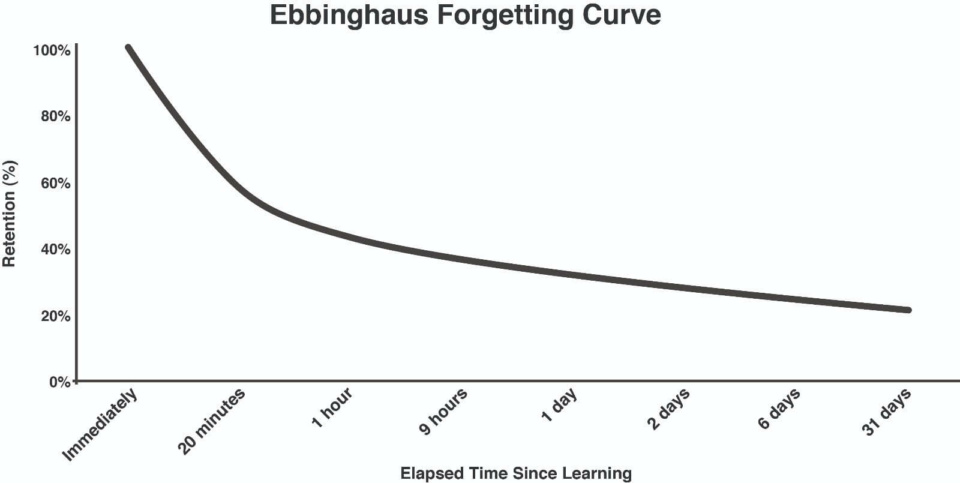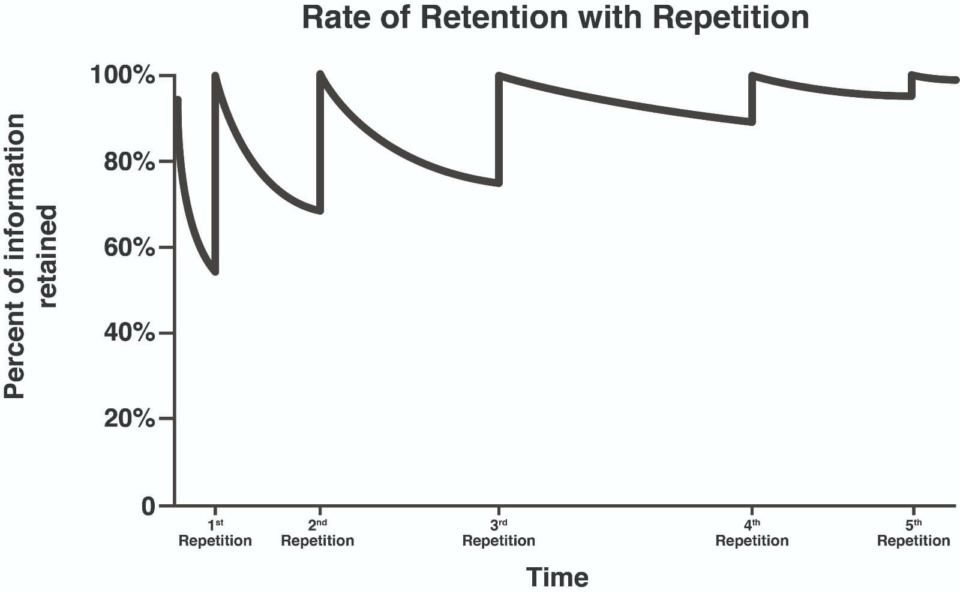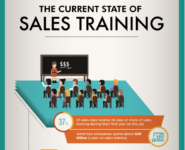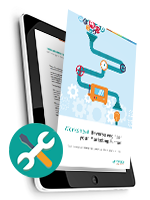Many of today’s interactions take place via automated, CRM or CX management tools, which often don’t tap into the full customer potential. There’s still immense value to be had from our ‘human touchpoints’ – our moments of personal contact, which are often the only way to clearly see if your offer matches customer expectations. But it goes further than this. These moments can actively influence the customer vision and develop new potential. Customer-centric conversations are also the topic of one of our ongoing client programs, in which we’re teaching these techniques to 30 teams throughout EMEA. Over the space of three months, we’re preparing our client’s in-house and external sales teams for these challenges.
Human interaction is still incredibly valuable for assessing your customer’s potential and influencing their decisions – something we sometimes forget in today’s hectic world with so much focus on data. Conversations with your customer are the ideal opportunity to find out whether they can clearly see the benefits of your solution and how they will help their organization. After all, what you think you can give doesn’t always match up to what the customer is trying to buy.
Buyer alignment + sales effectiveness
Exposing this value to the customer at the right time and influencing their potential are critical for continued growth. So ask yourself whether the customer can see the value you bring, and if you can use it to accelerate their sales cycle – the intersection between buyer alignment (where your sales process aligns with the buyer journey) and sales effectiveness. Successfully combining these two aspects creates real value.
Value selling
It’s also the exact combination that we’re working on in our upskilling process for 30 teams, where value selling is still a critical component. And that’s why we – together with our client – are developing this further on a new messaging framework, and helping to convert this value and messaging in the workplace. Ready to use and available for their teams.
We’ve talked about value selling before, but we’d like to give you three more important tips:
- Detect and develop value as early as possible in the process to ensure your customer is more receptive to your message.
- Figure out all the buying cycle stakeholders’ drivers for change – which are the keys for differentiation.
- Be aware that value perception is different both for all stakeholders in the buying cycle and in every buying cycle.



 Pascal Persyn
Pascal Persyn

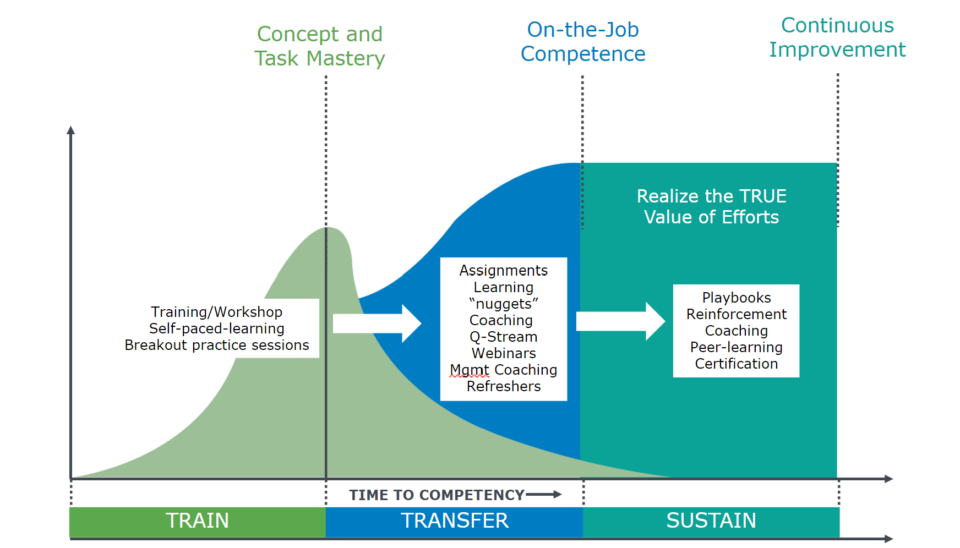
 Els Costers
Els Costers
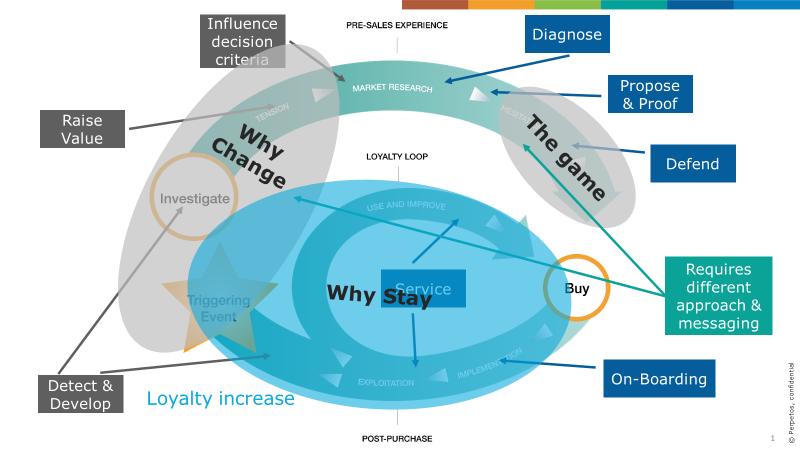
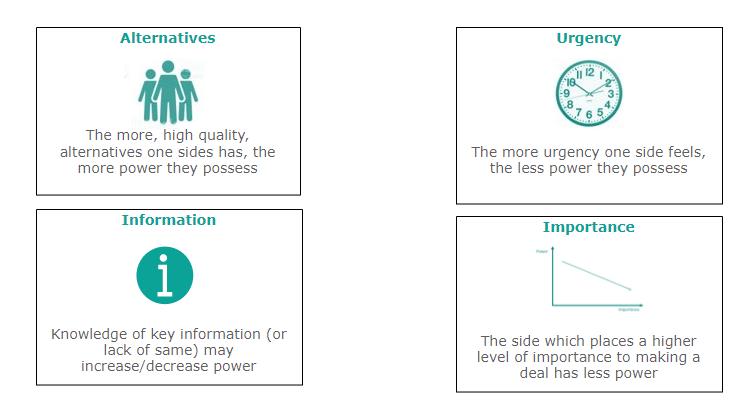



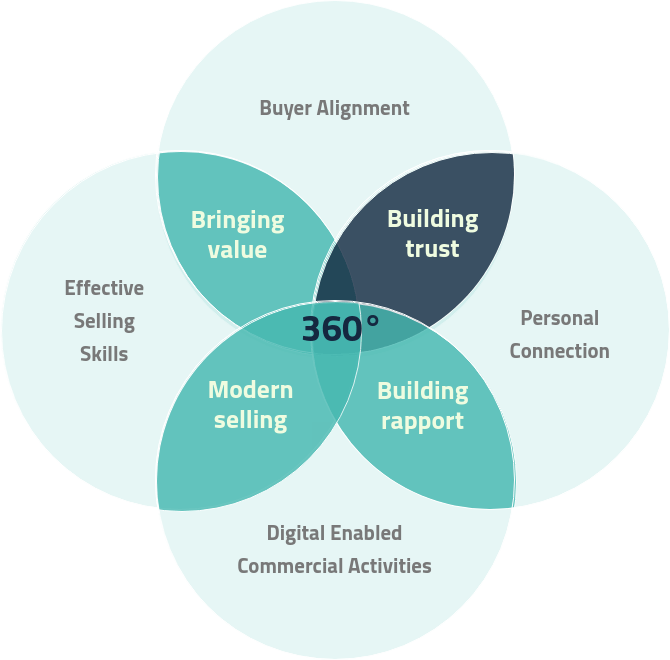











 Eliseo Manfron
Eliseo Manfron
 Nicolas Dejehansart
Nicolas Dejehansart